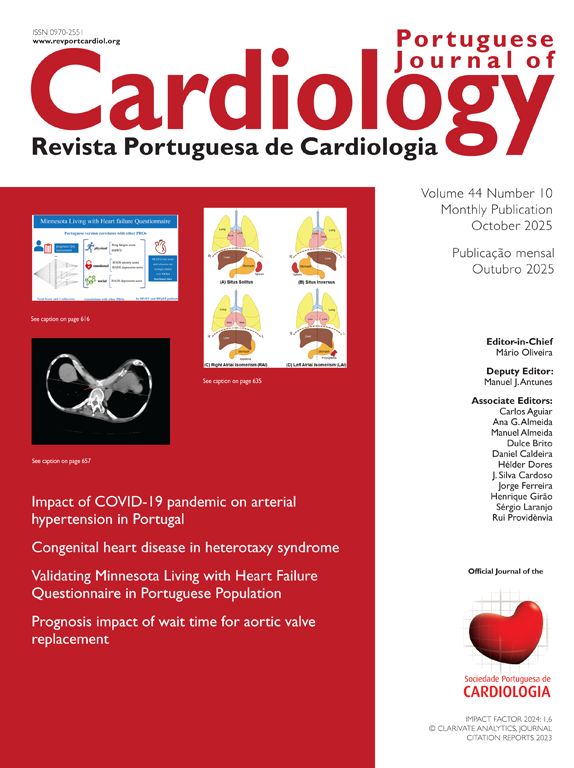We gratefully acknowledge the relevance of the issues raised by Matija Zupan et al. The regional telestroke network models offer several advantages, including the possibility of quality monitoring and the establishment of standard operating procedures to be followed by all participating hospitals. However, as highlighted in the European Stroke Organization guidelines on intravenous thrombolysis (IVT) for acute ischemic stroke,1 for patients with acute ischemic stroke of <4.5 hours duration who have taken dabigatran within the 48 hours preceding stroke onset, there is insufficient evidence to make a recommendation for or against the use of the combination of idarucizumab and intravenous thrombolysis with alteplase compared with no intravenous thrombolysis. Therefore, despite the rationale for its use, it remains within the realm of expert opinion and, in this case, has not been formally protocoled.
On the other hand, idarucizumab was approved by the European Medicines Agency in November 2015 and in Portugal in 2016; its incorporation into the therapeutic arsenal across hospitals occurred at different paces. Furthermore, the data analyzed pertain exclusively to patients with ischemic stroke due to large vessel occlusion, who were therefore candidates for endovascular intervention. Taken together, these factors may account for the absence of idarucizumab plus IVT use in any of the 23 patients with ischemic stroke who were taking dabigatran.
There is an increasing rate of direct oral anticoagulant (DOAC)-pretreatment in patients otherwise eligible for IVT. In this context, recent studies2 suggesting that offering IVT to patients with recent direct oral anticoagulant (DOAC) intake poses no safety concerns and is associated with higher rates of favorable functional outcomes are encouraging. Thus, we share high expectations regarding the results of ongoing clinical trials exploring this issue, both in terms of confirming the preliminary efficacy and safety outcomes, and in determining whether these findings can be extended to all patients taking DOACs, including those with DOACs at therapeutic plasma levels.
Overall, we would like to emphasize the advantage of having well-organized stroke networks with uniform protocols, regularly updated in accordance with the best clinical evidence.
Conflicts of interestThe authors have no conflicts of interest to declare.





